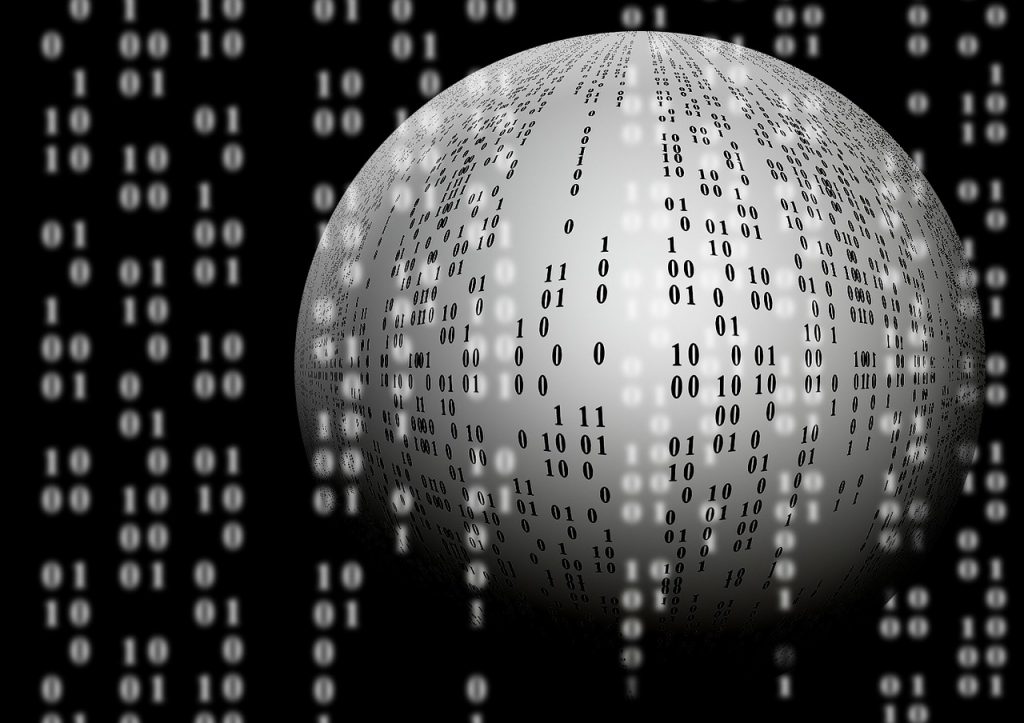The Internet has transformed the world of the twenty-first century in much the same way that the printing press transformed the fourteenth century. If the transition from the pre-modern to the modern world was ushered in through the printing press, then the transition from the modern to the postmodern world has been carried on the back of the communications revolution.
Marshal McLuhan, a lifelong student of the effects of media, reminds us that, “societies have always been shaped more by the nature of media by which men communicate than by the content of the communication” (McLuhan, The Medium Is the Message). Rex Miller, another student of popular media, even goes so far as to suggest that the change in the way we communicate is the primary determiner of the shifts in society.
Miller builds his conceptual framework upon a certain premise:
that when the primary means of storing and distributing information changes, our worldview changes . . . as our means of storing and distributing information change, our perceptions change. Changed perceptions create changed understandings and even changed identity. Changed identity affects relationships. Changed relationships affect the traditions and institutions that support those relationships. These changes eventually reach a cultural critical mass, igniting a battle between old and new worldviews. Communication is the medium for relationship, community, and culture–so a more efficient and powerful toll of communication results in their restructuring (Miller, The Millennium Matrix).
Restructured Communication
On one level, the new forms of communication technology have obviously brought about significant changes in the home and marketplace. Twenty-five years ago, it was impractical and largely impossible to work from home, and yet today there are almost 13 million micro-businesses that are run from home in addition to another 13 million people who telecommute through some mixture of onsite work and video conferencing (Dent, The Next Great Bubble Boom: How to Profit from the Greatest Boom in History).
Technology has also supported globalization, which now means that the marketplace for business is the entire globe, and that co-workers can now be found across town or in China. This level of competition has also increased pressure at work, which has resulted in Americans working longer hours (this is compounded when a suburbanite is saddled with a longer commute and why many emerging generations are choosing to live closer to work (Mandel, “Americans Working Longer for Less”).
Domestic life has also been impacted by the communications revolution. There are more options than ever for on-demand entertainment. Younger children have the capacity to learn more about a variety of issues and realities (often to their detriment) than at any time in the past. People are more accessible than ever and yet, few have any sense of community within their own neighborhood as most build relationships through networks, some of which are virtual. The alternative reality game Second Life is one example of a culture of people that are finding castrated forms of community through virtual relationships.
People are more accessible than ever, yet few have any sense of community in their own neighborhood
Tweet this.
In addition to the obvious effects of technology, the new forms of communication are having a deeper, more systemic effect upon the way that 21st century people process information, understand it, and make subsequent decisions. These decisions are made more quickly and with greater frequency, and the decisions and opportunities created from them mount exponentially. The communications revolution has led to significant and dramatic change in the last century, particularly in the last few decades.
Discontinuous Change
Change has always been a constant throughout the course of history, but the widespread transitions and in some cases transformations that have come about surrounding the last one hundred years have been momentous. Many have compared the age that society is currently moving through to the period of the Reformation and Renaissance.
In both situations, the western world began the period with a certain set of values, aims, beliefs, and underpinnings and emerged from that period with a primarily different set (Gibbs, Bolger, Emerging Churches: Creating Christian Community in Postmodern Cultures). Yet, the primary distinctive element of the change that western society has experienced in the last century is that it is discontinuous change.
Discontinuous change stands in contrast to the more predictable forms of change that accompanied a primarily agrarian society. Discontinuous change describes change that cannot be mapped and predicted, but is chaotic and discomforting (Heifetz, Leadership without Easy Answers). It usually only happens in times of great social transition, such as the transition from an agrarian to an industrial society and the current transition from an industrial society to an information-based society (Regele, Schulz, Death of the Church).
Discontinuous change cannot be mapped and predicted; it is chaotic and discomforting
Tweet this.
Predicting change in such an environment is entirely different and much more difficult. Describing the age in which we live, Alvin Toffler states: “Humanity faces a quantum leap forward. It faces the deepest social upheaval and creative re-structuring of all time. Without clearly recognizing it, we are engaged in building a remarkable new civilization from the ground up (Toffler, Future Shock).
Technology
Perhaps the greatest area of change that has impacted modern society is the arena of technology. The technological advances that have been made in approximately the last one hundred years have been the foundation upon which most of the other significant changes could take place. From the revolution in transportation, to the manifold ways in which our communication has grown, and the automation that has transitioned the nature of work, technology is in the forefront of the majority of change (Malone, The Future of Work: How the New Order of Business Will Shape Your Organization, Your Management Style, and Your Life).
Technology is in the forefront of the majority of change
Tweet this.
Yet, it is the fact that technology is continually developing and improving that supports the rapid and discontinuous nature of change in the western world. Some have even suggested that, as a result of the conglomeration of these areas (and likely several others), western society reinvents itself every five years (Kelly, RetroFuture: Rediscovering Our Roots, Recharting Our Routes).
Change and The Church
Many opportunities await denominational structures in this new world, particularly as they pertain to church planting and congregational transition among new people groups (Schaller, Tattered Trust). Also, a vital ministry in the twenty-first century will be that of aiding congregations in a process of “dying well,” so that they may be re-birthed to meet the demands of a multi-cultural community. Westerners in general do not embrace death of any kind, be it personal or organizational, and yet this must happen for new life to be birthed.


